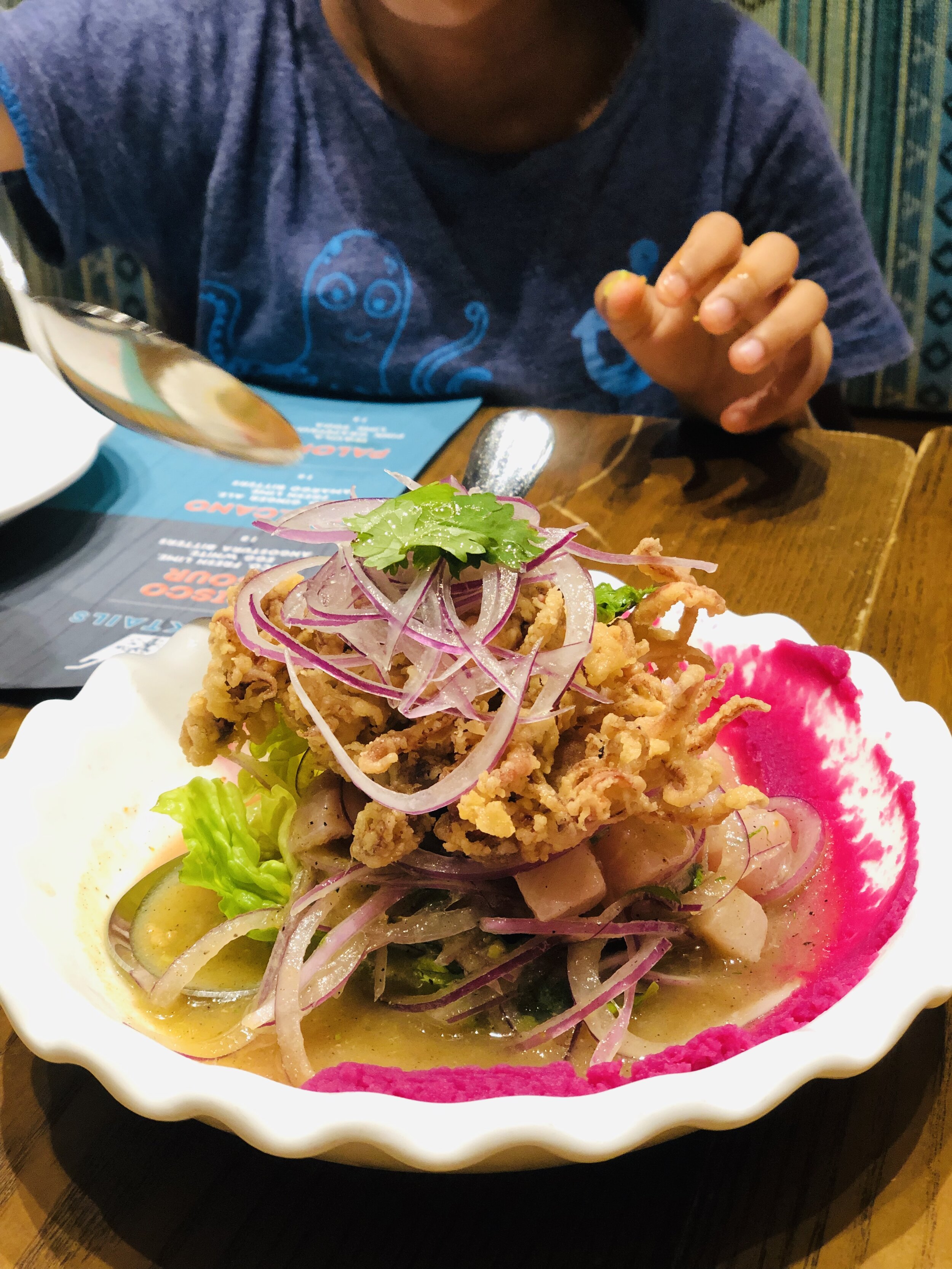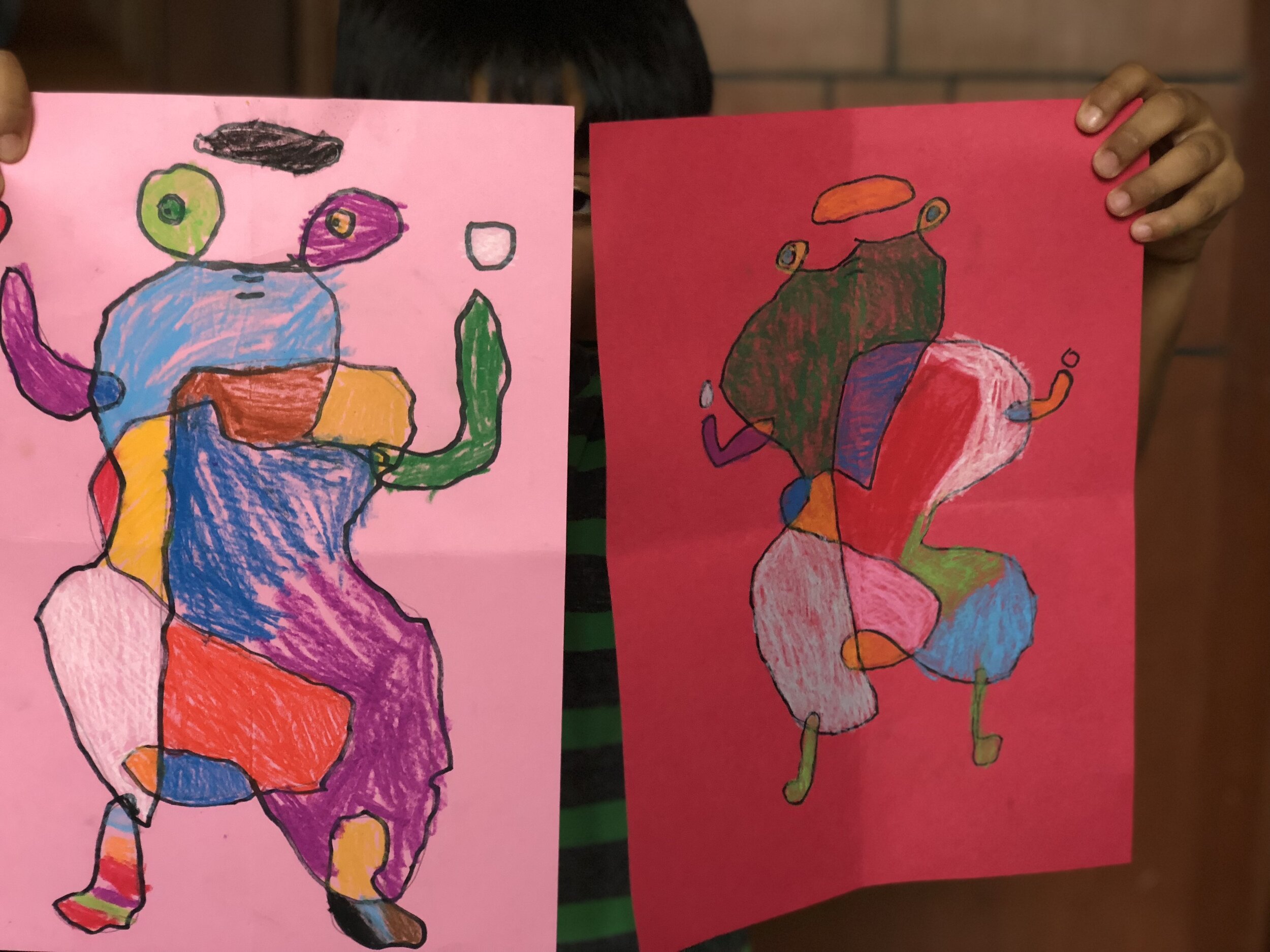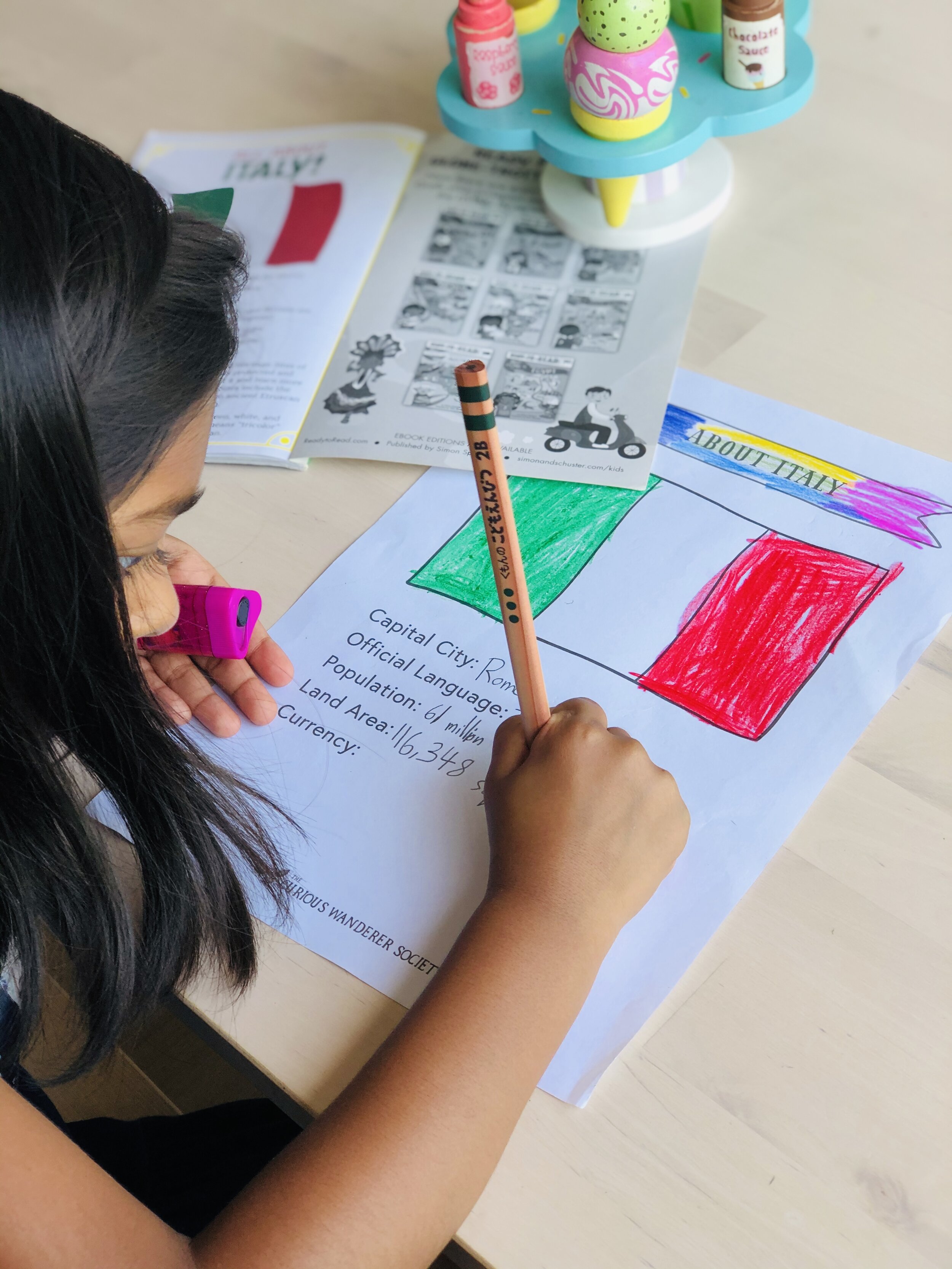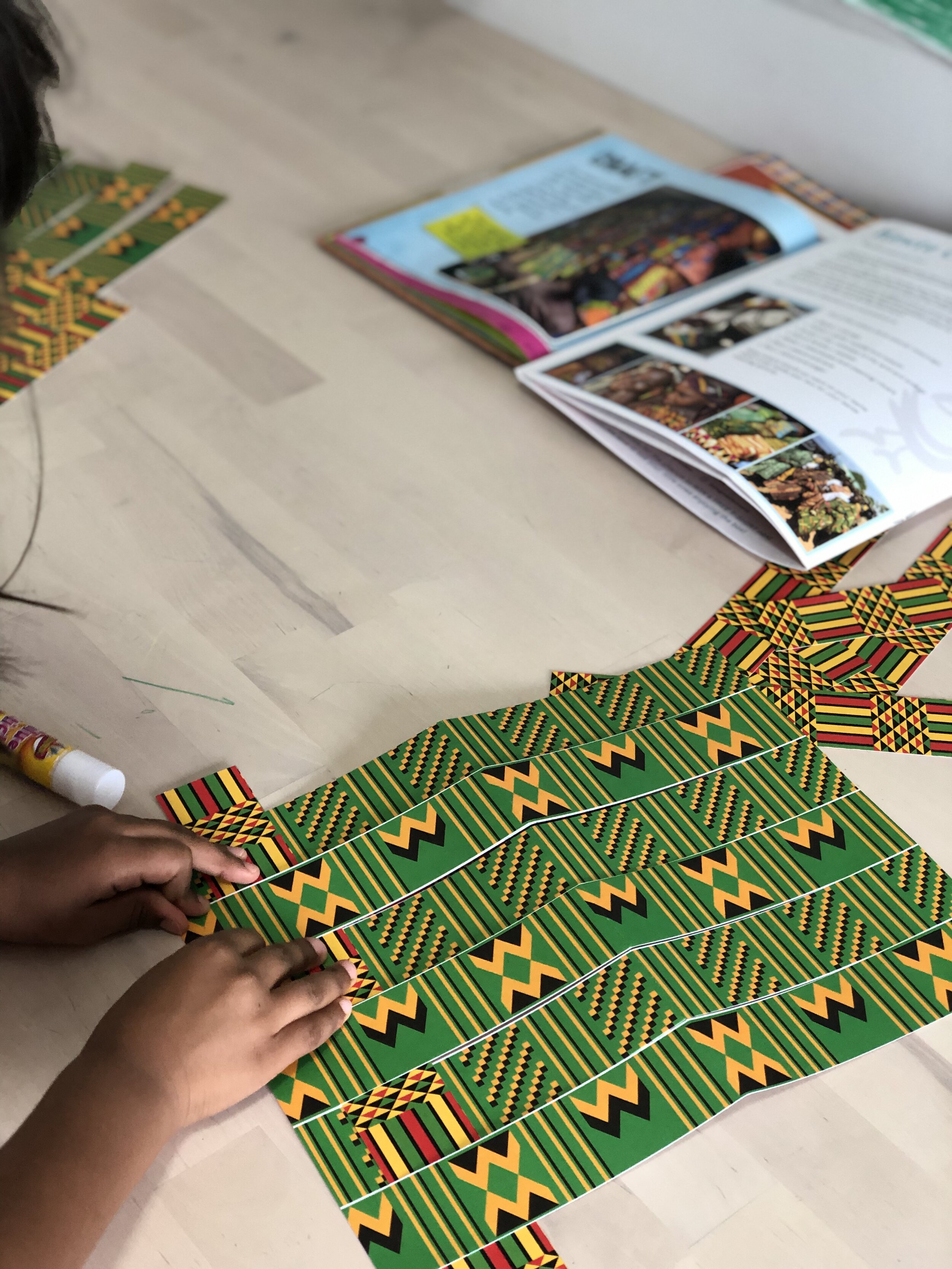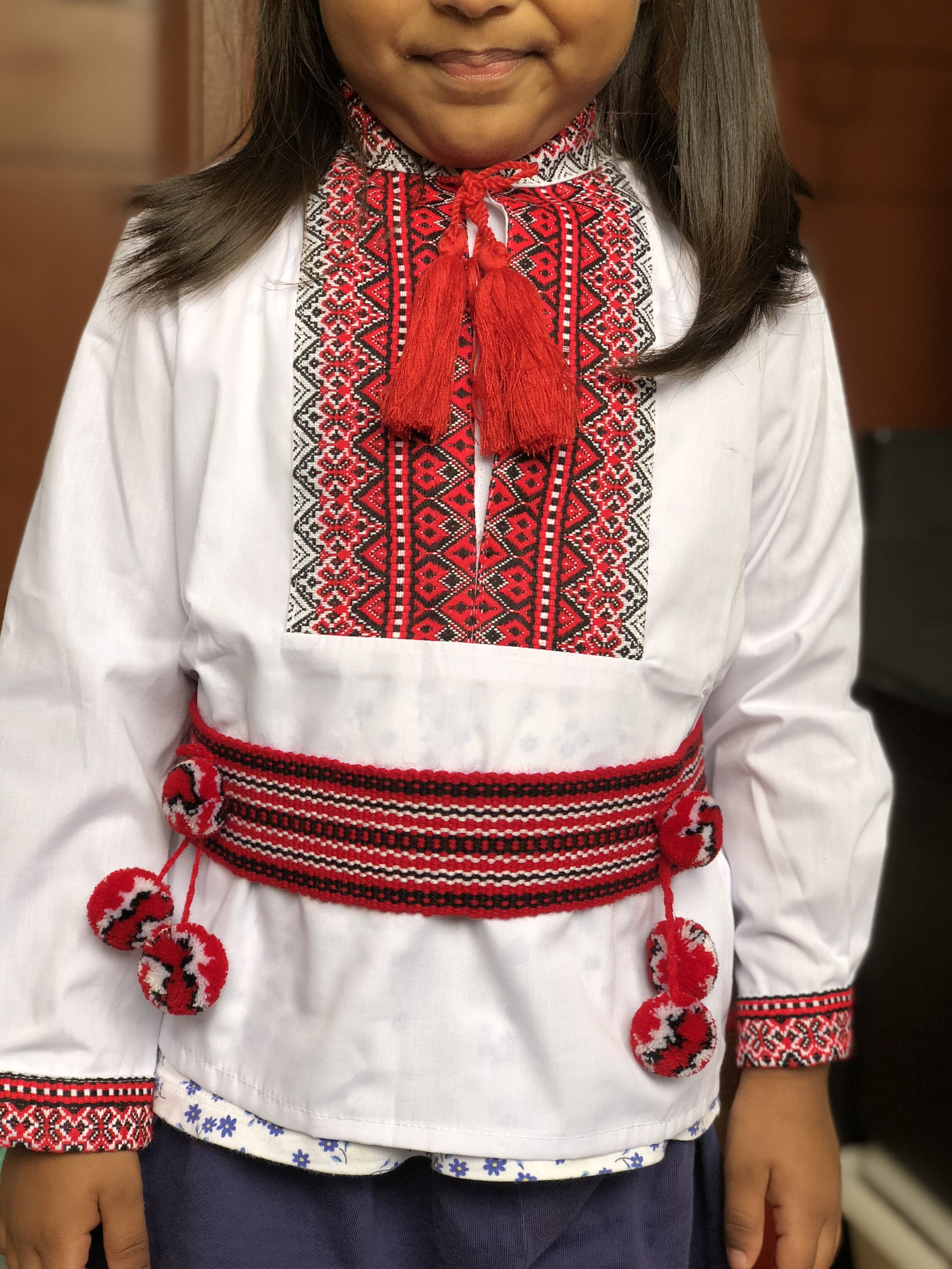How To Plan World Culture Studies in 5 Easy Steps
“First the education of the senses, then the education of the intellect"- Dr Maria Montessori, Italian Educator and Founder of the Montessori method of education.
Children deserve to live in a world where there is mutual respect and acceptance of differences in customs, beliefs and cultural practices. They deserve to live in a world free of judgment and not be subject to cultural stereotypes. It is also important that each and every one of us learn how to live more sustainably so we can protect and preserve our planet for ourselves and future generations.
I believe that every child (from a young age) should be raised and taught the values of respect, tolerance and empathy to show not only others but also to our only living planet. I believe that by learning about different countries' cultures we understand how similar-yet-different the people on our planet are.
According to the Montessori education philosophy, children between the ages of 2-6 benefit greatly from activities that strengthen their 5 senses. Using this principle, I plan all our world culture studies around the five senses namely gustatory, olfactory, visual, tactile and auditory to enable my children to learn about the world in a sensory-rich environment. We have also been taking small steps towards living with minimalism & sustainability and this is reflected in our learning of the world.
I created an "Ultimate Guide For Planning A Sensorial World Culture Study" which is a 20-page guide that includes my favourite resources, a checklist, and sustainable tips in planning a world culture study around the five senses with your children. Download your copy here.
Here is a sneak peek of the cheat sheet I created which is part of the guide.
Let's dive a little deeper into how I plan activities around the five senses and my favourite resources that help me with the same:
1. Gustatory (Sense of Taste)
Cook Traditional Recipes: Exploring foods from different countries gives children a chance to relate to kids around the world. I enjoy cooking global cuisines with my children as it provides opportunities for them to cook independently and also learn to have respectful interactions in the real world. Sasha from Global Table Adventures has recipes from over a 195 countries and has the most gorgeous recipe cards which are thoroughly researched!
Visit a Local Restaurant: We love visiting restaurants offering the cuisine from the featured country of study. If the restaurant has home delivery or takeaway options, these are great alternatives if you can't visit the restaurant (bonus if you can bring your own container to avoid packaging waste!). You are also supporting local businesses this way!
Purchase Specialty Foods: Most major supermarkets have an international food section aisle. You can buy fun snacks, sweets, fruits or veggies from the country of study. Your child also gets a chance to observe different languages printed on the snack package.
2. Olfactory (Sense of Smell)
Gather Local Herbs & Spices: When researching local foods from the country of study, it might help to pick out a few ingredients from the recipe list that have a signature fragrance. Think fresh or dry herbs (basil for Italy, turmeric/ginger root for South East Asian countries) and spices (saffron, cinnamon for Asian and European cuisines).
Find Foods with Strong Scents: When I'm doing research on specialty foods from a country, I'm always on the lookout for those that have a strong scent [the good or bad is highly subjective!:)]. For example, French or Italian Blue Cheeses and yeast spreads from Switzerland & Australia.
3. Tactile (Sense of Touch)
Make Traditional Crafts: Every country is known for its handicrafts made by local artisans. You can make make these along with musical instruments from recyclables and also those made during holidays and celebrations. We love the craft+ research ideas and printables by Build Your Masterpiece Class, Our Crafty World , Globe Trottin Kids and Curious Wanderer Society.
Create Art of Local Icons: I use an online art lesson subscription (affiliate link to Artventure's online subscription) to give my children an opportunity to learn how to draw the country's famous national icons: the flower, flag, bird, animal or foods. You could also set up an invitation to 'copy' a local souvenir/ icon or print out colouring pages of the same.
Learn about Famous Personalities: Learning about famous personalities like artists and their artwork (we use an art history subscription by Art History Kids. Affiliate link here) , scientists and their inventions or activists and their achievements is a wonderful way to learn about the featured country of study. Some ideas here would be to re-create art pieces or conduct experiments.
Build Landmarks: If you have pictures of famous landmarks and open-ended building play materials like wooden blocks, Lego, Popsicle sticks/glue/string, you could set up 'invitations to create' so your child can build such landmarks.
4. Auditory (Sense of Hearing)
Listen to Traditional Music: While we play games, sample country-specific foods or even do crafts, I love having folk or traditional music running in the background to give the kids an opportunity to appreciate the music and language from that country. Include learning of simple phrases in the language spoken in the country of study!
Hear Audio Stories: Audio stories (affiliate link to our favourite resource "Around the World Stories") are a wonderful way to stimulate the auditory sense. There are various apps and websites offering global stories of fiction/folktales and non-fiction.
5. Visual (Sense of Sight)
Invest in a Map or Globe: Having a world map in your home is an excellent way to strengthen your child's visual sense of the whole world and to form accurate mental maps. A globe allows them to have a relative sense of the locations of various land and water forms.
Learn about Flags: Flags are national symbols of a country and learning about them gives children an opportunity to understand the significance of their cultural beliefs, values and symbols important to them. We use colouring sheets and our wooden blocks to recreate country flags.
Dress Up in Traditional Costumes or Create Paper Dolls: National Costumes are a reflection of a country's traditional arts and are typically worn during important events such as festivals, celebrations, weddings and others. Our friends around the world send us costumes or we print paper dolls to learn about them.
Read Books: If you have a library close to where you live, reach your maximum borrowing limit! If you can't borrow books where you are, there are various websites offering read-alouds of books you intended to read with your child. Introducing traditional folktales not only instills a love for reading but also helps children understand the country's cultures and positive values. Reading non-fiction books consolidates your child's memory of country facts too.
If you don't have the time to plan materials ahead or you want a no-prep/low waste experience and would still like to explore the world with your child, the resources mentioned in my blog post here might be helpful to you!
I hope you found this post useful in helping you plan country studies for your child. Show me your inspired cultural studies and tag me on Instagram @globalmindfuljourney using the hashtag #globalmindfuljourney for a chance to be featured. I would love to see you and your child enjoying studying about the world using the ideas mentioned in this post.
Each of the resources mentioned here has been tried and tested by our family and was purchased by us before this post was published. All opinions expressed are my own and are not sponsored. This post contains a few affiliate links (at no cost to you!) that help me maintain my blog and find amazing resources for my readers!


